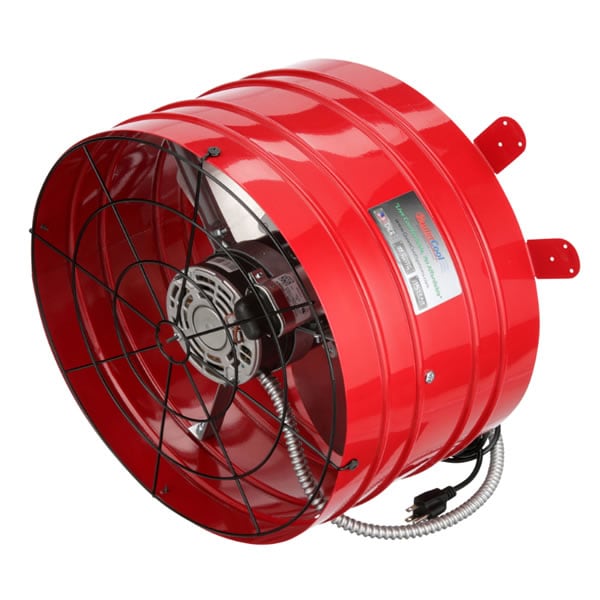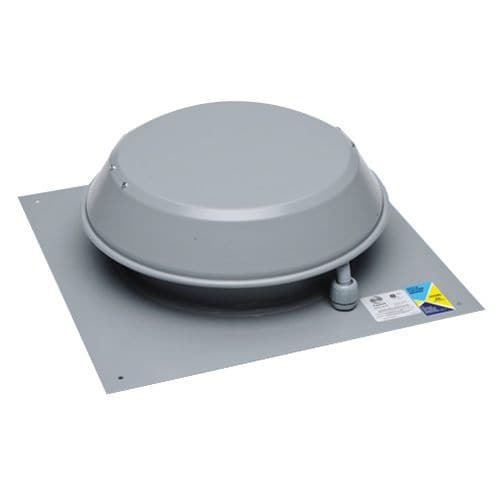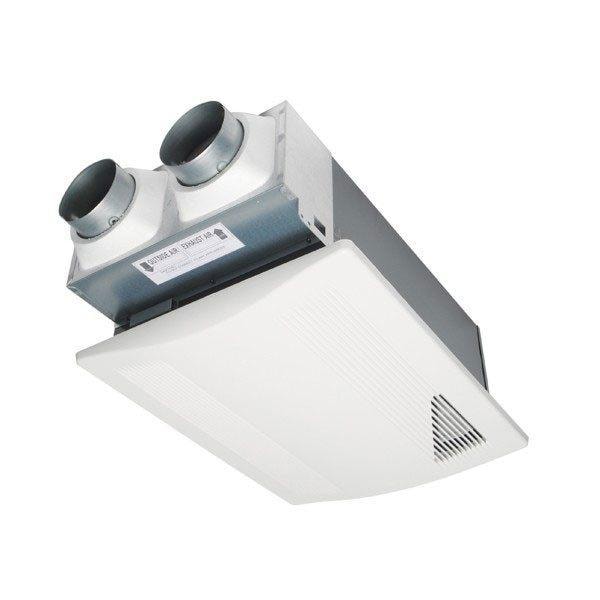
Experiencing irritated eyes, throat, or nose, or maybe even a numerous amount of sudden headaches or fevers? These can all be a result of bad ventilation. In short, ventilation is the movement of fresh air into a space. Having proper ventilation in a home is crucial for comfort and removing lingering odors from pets, cooking and more.
A home ventilation system is also important because it controls the amount of moisture in a home. When there is adequate ventilation in a home, moisture build-up will be minimal—leaving the floor, walls, and other wooden features in the home dry. Improper ventilation can cause moisture to accumulate, causing drywall and wood to rot. Not only will inadequate ventilation cause moisture to ruin a home, but mold will begin to grow. Exposure to mold can cause illness or other serious health concerns if left untreated.
So, to ensure your home has the tools it needs to keep it safe and dry, investing in the following ventilation systems is a must.

Bath fans are designed to improve air quality while also adding comfort. In order to accomplish this, bath fans must vent moist air quickly to the outside.
Bath fans are used to prevent high humidity and mildew growth: think mold and foggy mirrors.
Bath fans come in a wide variety of styles, including some with lights, heaters, night lights, motion sensors and more. The ability for a fan to move air is measured by Cubic Feet per Minute, or “CFM”.
When purchasing a bath fan, every square foot is equal to one CFM. So, a 50 square foot bathroom would need a bath fan with at least 50 CFM in order to adequately ventilate.
 An attic ventilator is a ventilation system that blows heated air out of the attic, keeping it cooler and more comfortable.
An attic ventilator is a ventilation system that blows heated air out of the attic, keeping it cooler and more comfortable.
Homes during the summertime can reach temperatures upwards of 120 degrees, causing your air conditioners to work much harder, making them less efficient.
These fans help prevent your system from overworking.
Attic ventilators come with two different power sources: one being electrical, and the other being solar powered. Attic ventilation systems in a home year-round can minimize moisture during the winter while lowering the temperature of your home during the summer.
Attic fans include gable-mounted, garage-mounted, and whole-house fan types. While gable- and garage-mounted types bring fresh air only into your attic, whole-house fans draw fresh air throughout your entire house. Either way, the end-result is less work having to be done by your air conditioner.
 You need a way to get the smell of your failed casserole recipe out of the kitchen. Kitchen range hoods, also known as vent hoods, vent grease, steam, and food odors out of the home.
You need a way to get the smell of your failed casserole recipe out of the kitchen. Kitchen range hoods, also known as vent hoods, vent grease, steam, and food odors out of the home.
Having a range hood is very important for safety because it collects and removes dangerous fumes released from cooking, like carbon monixide. Also, by removing smoke and grease residue, it saves you the trouble of cleaning and repainting walls and ceilings down the road.
Choosing the right range hood largely depends on your stove type. For example, since gas stove releases more fumes than an electric stove and requires a more powerful range hood.

Inline fans are used to exhaust stale, polluted air.
Typically connected in-between ducts, inline fans are the ideal solution for expelling areas were you can’t install an exhaust fan.
The inline fan is placed in the ductwork, where it draws in the stale air.
That air then travels through the ducts and eventually is released from your home. One type of inline fan is a clothes dryer booster fan, which boosts airflow through your dryer vent and may improve drying times.

Sturdy, quiet, reliable, and capable of operating in multiple conditions, these are some of the best features of a centrifugal fan.
Created for moving air and other gases, a centrifugal fan is a mechanical device that uses kinetic energy from its rotating blades to increase of pressure on the air.
Centrifugal duct fans are typically used in ventilation systems for buildings, and can also be used in central heating and cooling systems.
 Heat recovery ventilators (HRVs) and energy recovery ventilators (ERVs) are a great way to bring fresh air into your home without wasting much energy.
Heat recovery ventilators (HRVs) and energy recovery ventilators (ERVs) are a great way to bring fresh air into your home without wasting much energy.
HRVs bring fresh air in and push stale air out, while also transferring heat. That way, the fresh air won't cool your home down much in the winter or heat it up in the summer.
ERVs do the same thing except they also transfer moisture. This is especially useful in hot, humid climates because you won't be introducing that muggy feeling into your home.
Either one will help reduce the amount of energy your heating or cooling system needs to use and keep your comfortable year-round.
You may not need every ventilation system on this list, but you ultimately need some way to remove stale air from your home. For example, most people will need a range hood to remove cooking gases from their home.
If you need help choosing the best home ventilation system, please call our product experts at (866) 631-6389 or contact us online.
NEXT: View & Shop All Ventilation Products